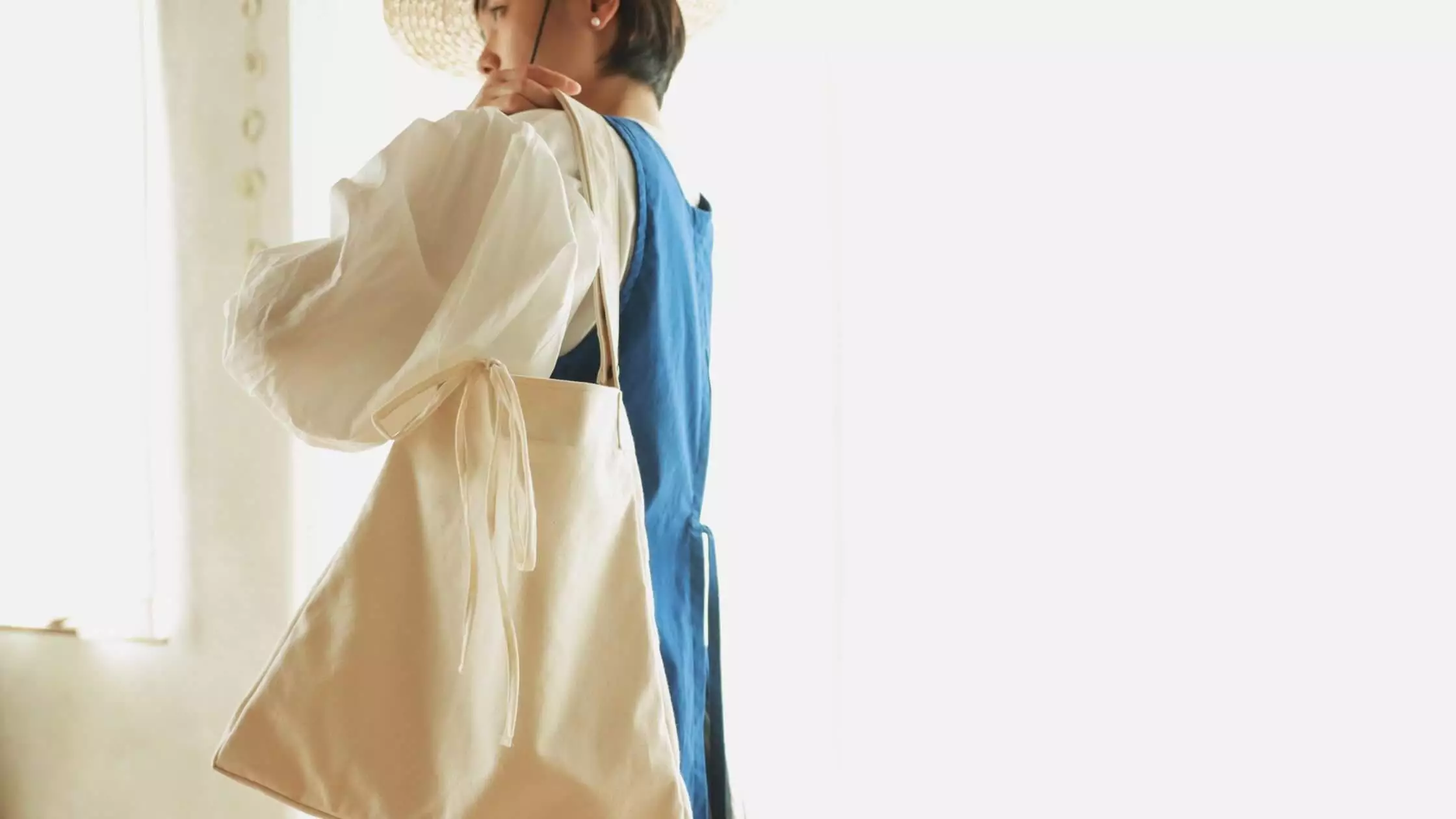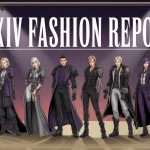Coquette Fashion: The Ultra-Girly Trend Redefining Femininity
From vintage lace and satin bows to fluttery lashes and pastel palettes, coquette fashion is more than just a trend—it’s a cultural expression. This hyper-feminine fashion aesthetic has taken over social media, particularly TikTok, where a new generation is reclaiming traditionally girlish elements with empowered intent. But what does this style signify today, and why is it sparking debate?
Content
What Is Coquette Fashion?

At its essence, coquette fashion is a fusion of sweetness and allure. Picture babydoll dresses with glossy lips, delicate chokers with puffed sleeves—it’s a deliberate play on innocence and charm.
The word “coquette” originates from French, describing a flirtatious woman. In 2025, the coquette aesthetic is being redefined by Gen Z fashion trends to be more nuanced: simultaneously self-aware, nostalgic, and bold. It’s not just a look—it’s a mood, a curated softness that can be layered with irony or authenticity.
From Vintage Inspirations to TikTok Stardom
Though the aesthetic nods to the past—from the flirtatious glam of 1950s cinema to the dreamy detachment of early-2000s Tumblr culture—it’s the digital age that gave it a global stage. On TikTok, creators have breathed new life into coquette fashion, blending it with trends like balletcore and soft grunge.
TikTok aesthetics have democratized fashion identity. Users showcase everything from thrifted lace camisoles to modern takes on retro glam, often under tags like #coquetteaesthetic and #hyperfemininefashion. These clips offer more than styling tips—they explore femininity as a personal and political choice.
The Rise of Hyper-Feminine Expression
In an era where empowerment is often equated with minimalism or androgyny, the return of bows, florals, and ruffles might seem countercultural. Yet for many, embracing the ultra-girly movement is a powerful act of self-definition.
This trend thrives on personalization. Some layer soft fabrics with dark eyeliner and chunky boots, creating contrast and complexity. Others lean fully into romantic silhouettes. The beauty lies in its flexibility—it’s not about conforming but about choosing how femininity is expressed.
The Controversy Behind the Aesthetic
Despite its appeal, coquette fashion hasn’t escaped criticism. Some argue it revives outdated or even problematic ideals of femininity. There are concerns that it may inadvertently reinforce stereotypes or glamorize fragility.
However, many of its supporters see it differently. For them, feminine empowerment means being free to embrace softness without shame. It’s about having autonomy over appearance and rejecting the idea that strength must look masculine. “Being ultra-feminine doesn’t mean I’m not powerful,” one viral creator shared, echoing the sentiment of many within the movement.
Advertise with us to showcase your brand on a leading fashion hub—reach trend-savvy audiences and boost your visibility today!
Why Coquette Still Matters
In today’s cultural landscape, fashion continues to serve as both armor and expression. Coquette fashion sits at the intersection of nostalgia, performance, and rebellion—celebrating femininity without apology.
It’s not just pink ribbons and gloss; it’s a visual language for asserting identity. In the realm of Gen Z fashion trends, being delicate, dreamy, or hyper-feminine can be radical. The coquette is not a throwback—it’s a statement, evolving with every wearer who redefines what it means to be girly in their own way.
FAQs
What is a coquette style?
Coquette style is a hyper-feminine fashion aesthetic that blends innocence with flirtation. It features delicate details like lace, ribbons, bows, pink hues, soft fabrics, and vintage-inspired silhouettes. This aesthetic often draws on romantic, girlish charm with a hint of seduction, making it both sweet and bold. Popularized on TikTok, coquette fashion is closely tied to feminine empowerment and personal expression.
What is the difference between coquette and cottagecore?
While both aesthetics embrace femininity and vintage influences, they differ in mood and inspiration:
Coquette Aesthetic: Focuses on flirtatious, glamorous, and polished looks—think silk dresses, winged eyeliner, and romantic accessories. It has a sensual and self-aware vibe.
Cottagecore Aesthetic: Centers on rustic simplicity, inspired by nature and countryside living—think flowy prairie dresses, earth tones, and a slow-living mindset.
How do you dress like a coquette?
To dress in coquette fashion, incorporate the following elements:
Colors: Soft pinks, whites, creams, and pastels
Fabrics: Lace, silk, satin, chiffon
Pieces: Babydoll dresses, camisoles, mini skirts, knee socks, corsets
Accessories: Ribbons, pearls, bows, heart pendants, sheer tights
Beauty: Rosy makeup, curled lashes, glossy lips, and a subtle blush
Layer feminine pieces with confidence and add vintage or romantic touches for a complete look.
What is the difference between a soft girl and a coquette?
Though both aesthetics are rooted in femininity, they differ in tone and styling:
Soft Girl: Focuses on cute, playful, and pastel looks. Think oversized cardigans, heart blush, and sneakers. It’s casual, youthful, and often associated with innocence and trendiness.
Coquette: More mature, romantic, and seductive. It’s vintage-inspired with an emphasis on elegance, glamour, and flirtation.
Main distinction: Soft girl is about cuteness and comfort; coquette is about romance and allure.

Theresa Smith is an experienced fashion blogger. She has been blogging for nearly 10 years, and her blog posts are often featured in major publications. Her blog posts cover everything from the latest trends to tips on how to wear certain pieces of clothing. Theresa’s favorite style icons include Audrey Hepburn and Michelle Obama, who she cites as having great style.





